Behind the secretive conclave: How a new Pope is chosen
A new pope is decided in a secretive election by hundreds of cardinals from across the world. This is how it will unfold.
Europe
Don't miss out on the headlines from Europe. Followed categories will be added to My News.
It’s part bureaucracy, part democracy, part theocracy, and part epic drama. The election of a new Pope, spiritual leader of the world’s billion-plus Catholics, is a process that can be traced back centuries, if not millennia. Here’s what you need to know.
MOURNING THE POPE
The death of a pope is first verified by a Vatican official called the camerlengo. Usually tasked with administering the revenue and property of the Catholic Church and Vatican City, the camerlengo checks for signs of life and removes the pope’s ring from his finger. The ring and papal seal are destroyed, signifying an end to the pope’s rule.
The pope’s apartment is sealed and the public is informed of his death. Typically the bells of St Peter’s Basilica are rung, as well as those across Italy, and the pope’s death is announced on Vatican Radio.

Over nine days of official mourning, the pope’s embalmed body is displayed at St Peter’s Basilica and mass is held daily. Mourners flock from across the globe.
Papal rules dictate a deceased pontiff must be buried between four and six days after death. Pope Francis will be buried at the Basilica of St Mary Major in Rome.
THE PAPAL CONCLAVE
As soon as the pope’s death is announced, the interregnum period between rulers begins, Cardinals from across the globe are obliged to gather in Rome to choose their next leader.
During this period, cardinals meet in general congregations at the Vatican, but the secrecy provisions that govern the formalised voting do not apply until the conclave begins.
The College of Cardinals choose a new pope through the conclave, which must begin between 15 and 20 days after the pope’s death.
Though technically any baptised Catholic man is eligible, cardinals traditionally choose a member of their own ranks.
The election of popes dates back earlier than the 6th century, with the rules of a conclave developing more formally from the 13th century.
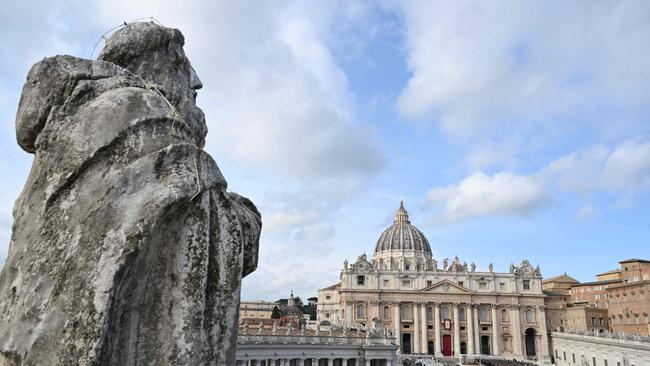
The conclave takes place under strict secrecy and is supervised by the camerlengo, with cardinals staying in the Vatican Palace and meeting each morning. They are forbidden access to news media or external communications to prevent interference.
The Sistine Chapel is checked for hidden cameras and microphones, and all newspapers and radios are removed.
Administrative staff including housekeepers and doctors must also swear an oath of eternal secrecy to be enforced under penalty of excommunication.
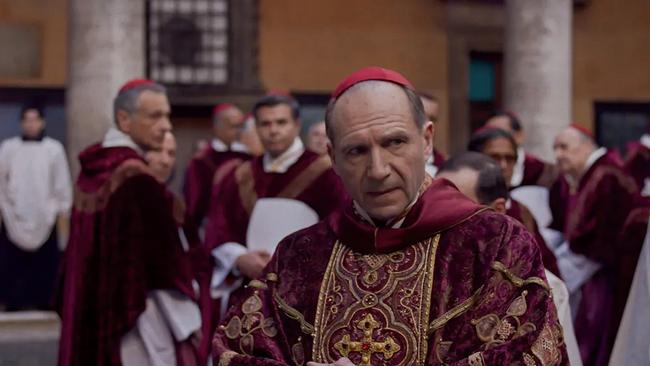
Voting takes place in rounds, with four ballots held daily until a two-thirds majority is reached by a single cardinal. Each cardinal votes by writing the name of their choice on a piece of paper and placing it in a chalice below Michelangelo’s The Last Judgement.
After each round of votes is counted, ballot papers are burned inside the Sistine Chapel. Plumes of black smoke tell Vatican City onlookers the new pope hasn’t yet been chosen.
A conclave lasts until a new pope is elected. The election of Pope Gregory X in 1271 took three years to decide, but no conclave since the 20th century has taken more than five days.
If a decision can’t be reached, cardinals can choose to hold an election between the two leading candidates.
When the final vote is held and a cardinal receives a two-thirds majority, the ballots are instead burned with a chemical to send up white smoke.
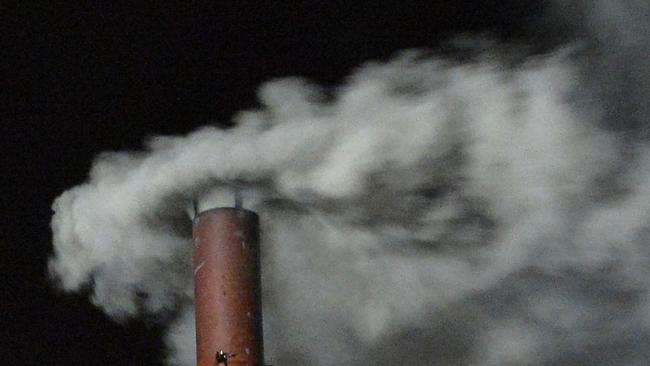
The new pope then accepts his election and chooses his papal name. Usually within an hour, he emerges in his robes on the balcony of St Peter’s Basilica and is announced to the world in Latin: “Habemus papal” (“we have a pope”).
The 2013 election of Pope Francis was also announced on the official X account of the papacy, @Pontifex.
WHO WILL BE THE NEXT POPE?
As of February 2025, there are 252 Catholic cardinals across the world. In 1970, Pope Paul VI ruled that cardinals over the age of 80 are ineligible to vote in a conclave, but can still attend and therefore exert influence over the process.
Of current cardinals, 137 are under 80.
Though the majority of cardinals have been appointed by Pope Francis, this does not guarantee they’ll elect a pope aligning with his legacy.
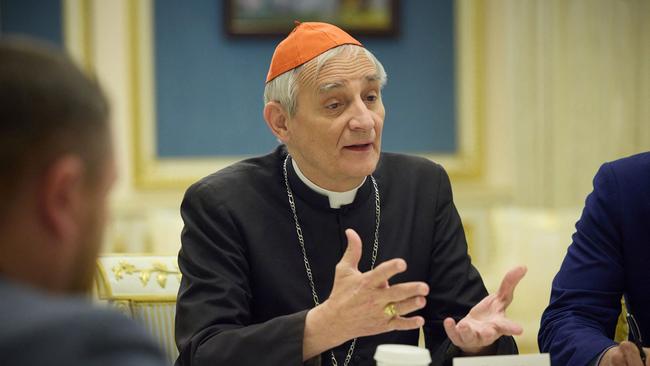
In 2024, a team of Catholic journalists led by Edward Pentin and Diana Montagna published The College of Cardinals Report, a list of these cardinals and their backgrounds.
Based on data from this report, the college currently includes 54 European cardinals, with 18 from Italy. This is the lowest proportion of Italian cardinals in the College in centuries.
Africa is represented with 20 cardinals, South America with 18, North America with 20, and 23 come from Asia.
One Australian cardinal, Mykola Bychok of the Ukrainian Greek Catholic Church in Melbourne, will be eligible to vote. At 45 years old, he is currently the youngest member of the College, having been elevated to the position in December 2024.
The report analyses 12 leading candidates for the next pope. Of these candidates, four are Italian; others come from the Netherlands, Algeria, Myanmar, Switzerland, Hungary, Sri Lanka, Guinea and the Philippines.
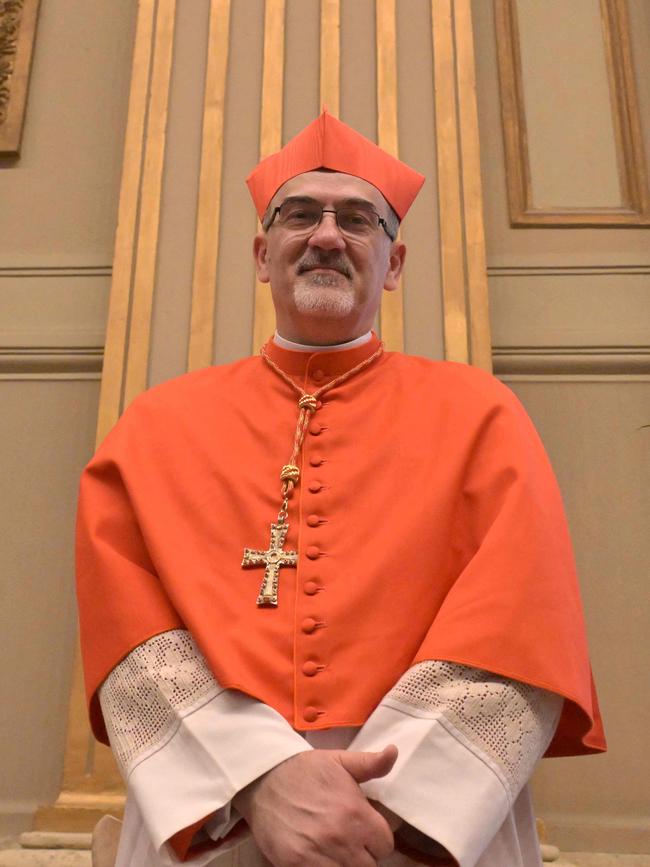
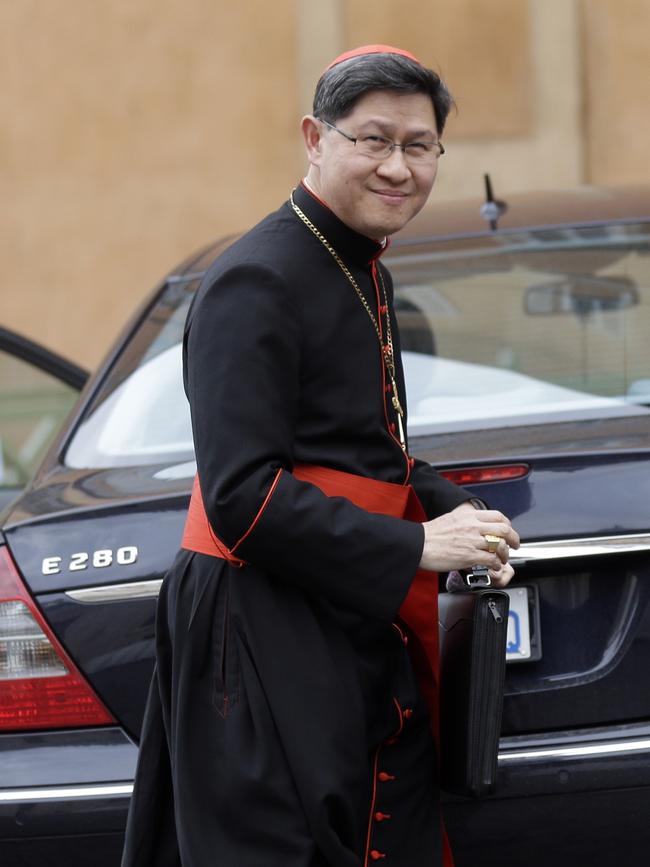
Latin Patriarch of Jerusalem, Italian-born cardinal Pierbattista Pizzaballa has been heralded as a potential pope as a result of his lack of factional alignment and his high-profile advocacy for Christians in Gaza.
Cardinal Matteo Maria Zuppi has emerged as another frontrunner, a left-leaning Roman who has supported the European Union and the blessing of same-sex couples.
Another potential candidate in Francis’ image can be found in the progressive cardinal Luis Tagle, former president of international aid organisation Caritas who has a strong media presence in his native Philippines.
It is difficult to predict the next pope, as conclaves do not regularly play out the way commentators expect – as depicted in Academy-Award nominated 2024 film, Conclave.
A higher profile can be an impediment to success, with a Roman aphorism warning hopefuls to not be too sure of their chances: “he who enters the conclave a pope, leaves it a cardinal”.
Originally published as Behind the secretive conclave: How a new Pope is chosen
Read related topics:Explainers



